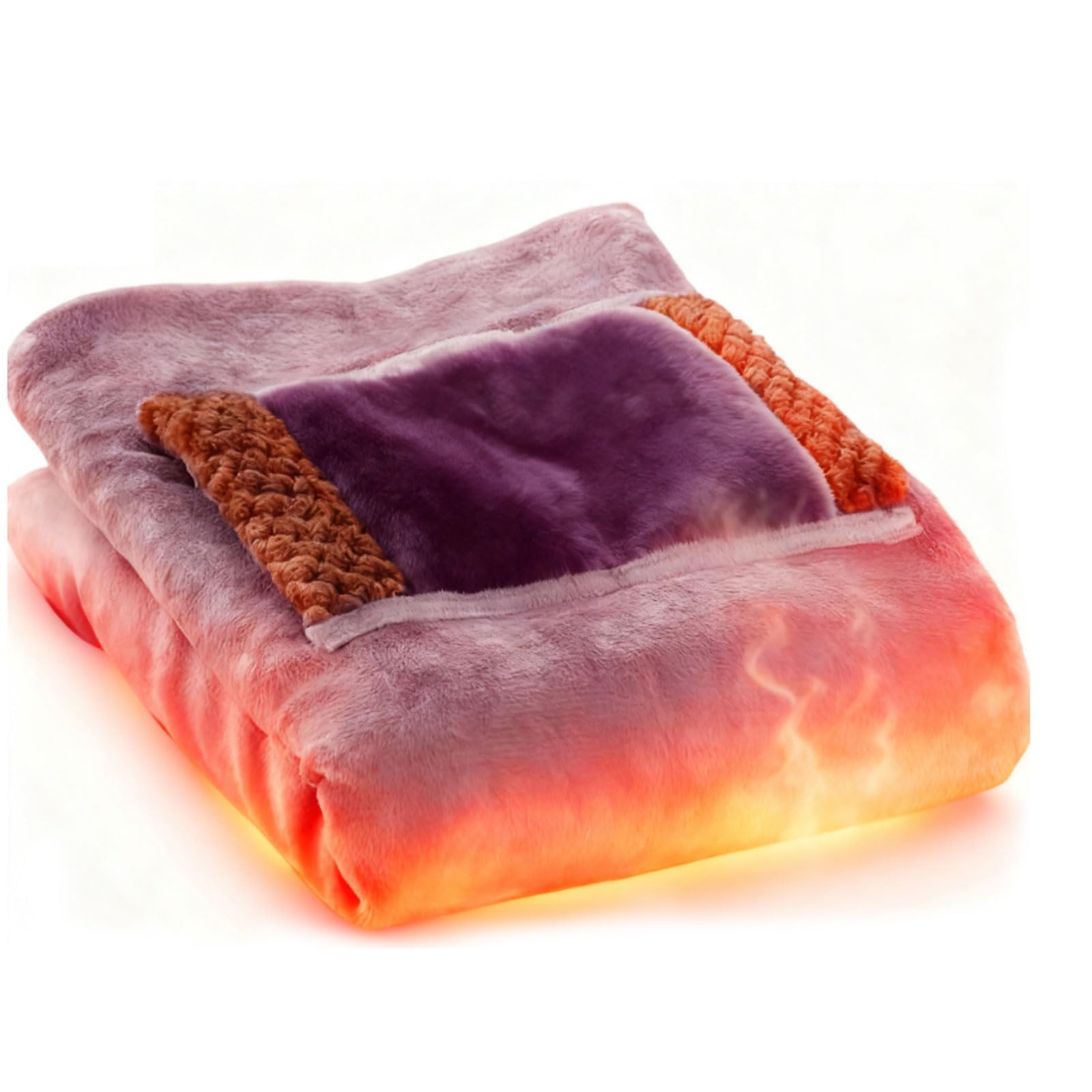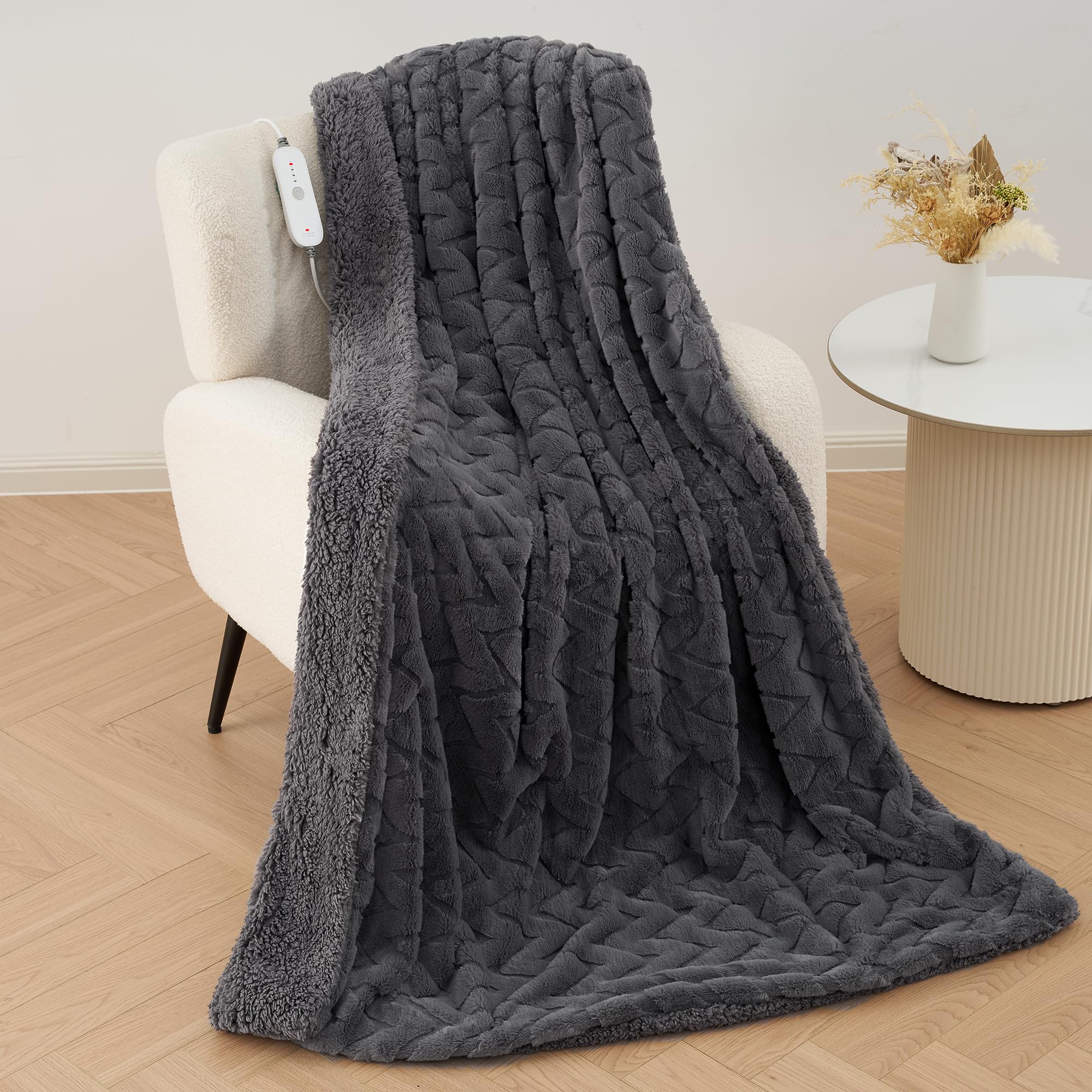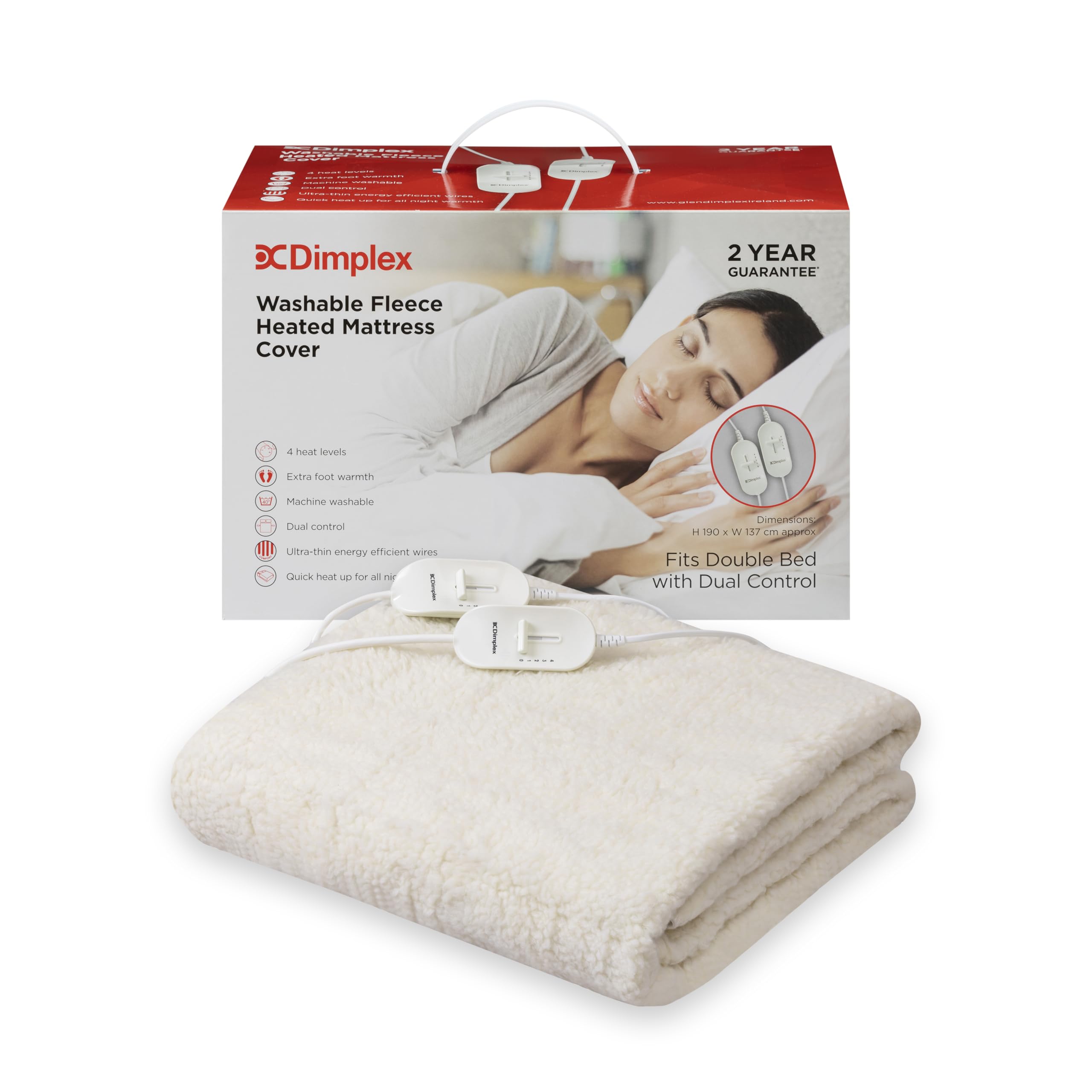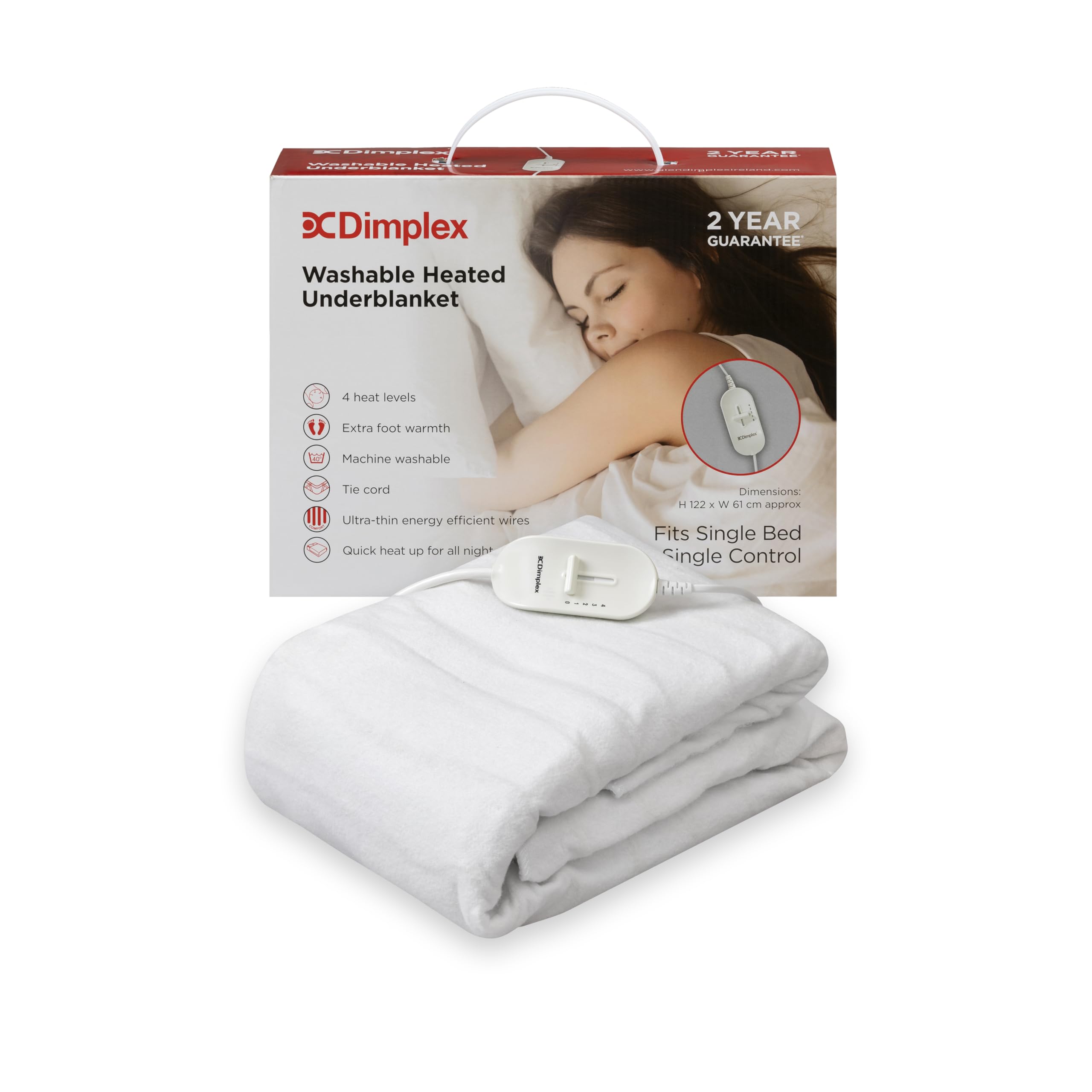Many UK sleepers use electric blankets to take the chill off the bed, then wonder if it is safe to combine that heat with a memory foam mattress or topper. The short answer is that it can be done carefully on low settings, but you should check the manufacturer’s guidance and follow a few simple rules. This guide explains how heat affects memory foam, how to set up an electric blanket so you do not trap warmth, and what alternatives to use if your mattress brand advises against it.
Targeted bed warmth comes from electric blankets with clear timers.
How Heat Changes Memory Foam
Memory foam responds to temperature and pressure. As it warms, it softens and allows you to sink a little more. Moderate softening is normal and can feel comfortable because it increases contouring. Too much softening can allow your hips to drop and your lower back to tilt, which is not ideal if you already experience back or hip discomfort. High, sustained heat can also age foam faster. For these reasons, the safest approach is to use low settings and avoid trapping heat under heavy layers.
Check the Label and Brand Guidance
Before using an electric blanket with memory foam, read the care label on both the mattress and the blanket. Some mattress brands explicitly allow low heat underblankets; others recommend overblankets only; a few advise against electric heating altogether. If the manual is unclear, look up guidance on the manufacturer’s site or contact support. When in doubt, treat the foam gently: preheat the bed and switch off when you get in, or use a low setting for a short time only.
Underblanket or Overblanket
An electric underblanket warms the mattress surface directly. It is the most efficient way to preheat the bed. With memory foam, preheat for 20 to 30 minutes, then switch off or drop to a low setting when you get in. An electric overblanket or heated throw warms from above and is less likely to soften the foam because the heat is farther from the core. If your mattress brand discourages underblankets, use an overblanket to take the chill off, then rely on your duvet to maintain warmth.
Layering That Avoids Trapping Heat
Trapped heat is the main problem to avoid. A thick, unventilated protector or heavy topper directly on top of an underblanket can hold warmth against the foam and raise its temperature more than intended. If you need waterproofing, use a breathable protector with a thin polyurethane membrane and place it on the mattress, then a topper if you use one, then the fitted sheet. If you use an underblanket, keep it above the protector and below the sheet so heat dissipates quickly when you switch the blanket off. Avoid stacking multiple thick layers over the underblanket.
Settings and Timing
Use the lowest setting that feels comfortable. Preheat on a higher level for a short period, then step down to low or switch off when you get in. This pattern raises surface temperature without keeping the foam warm for hours. If you wake hot, reduce the preheat time or lower the duvet tog rather than increasing blanket heat. For couples, dual controllers let each person preheat their side differently and choose individual low settings, which keeps both partners comfortable without over warming the mattress.
Signs You Should Adjust
If you feel your hips sinking more than usual, if your back feels less supported in the morning, or if the surface of the mattress feels unusually soft for hours after you switch the blanket off, reduce heat further or move to an overblanket only. You can also try a lighter duvet so you rely less on electric heat, or pair the blanket with breathable sheets that help excess warmth escape.
Alternatives That Keep You Warm
If your mattress brand advises against electric underblankets, you still have comfortable options. A heated throw or overblanket used for preheating provides gentle warmth without heating the foam directly. In winter, choose a sensible duvet tog for your room and consider a wool duvet, which regulates humidity well and often feels cosy without clamminess. Cotton percale sheets and breathable pyjamas help manage heat so you can run lower blanket settings or switch the blanket off sooner.
Safety and Compliance
Whatever setup you choose, safety comes first. Use electric blankets that carry a UKCA or CE mark and include overheat protection. Inspect cords and controllers regularly for wear. Do not fold or bunch the blanket tightly during use, and keep it flat on the bed. Follow the care label, detach controllers before washing, and dry flat. Set timers if you tend to doze off while reading or watching TV so the blanket switches off automatically.
FAQs
Low, even heat on gentle settings is common in electric blankets suited to foam mattresses; readers who prefer flexible warmth above the covers often pick heated throws for beds and sofas.
Can I put an electric blanket under a memory foam topper? You can, but use low settings and avoid heavy, unventilated layers on top. Preheat briefly, then switch off to limit heat exposure.
Is an overblanket safer for memory foam? It keeps most of the heat above you rather than heating the foam directly, so it is the gentler option if you are concerned about softening.
What duvet should I pair with an electric blanket? In winter, a 10.5 or 13.5 tog duvet plus a short preheat on the blanket often feels cosy without needing high settings. In shoulder seasons, a 7 to 9 tog duvet works well.





